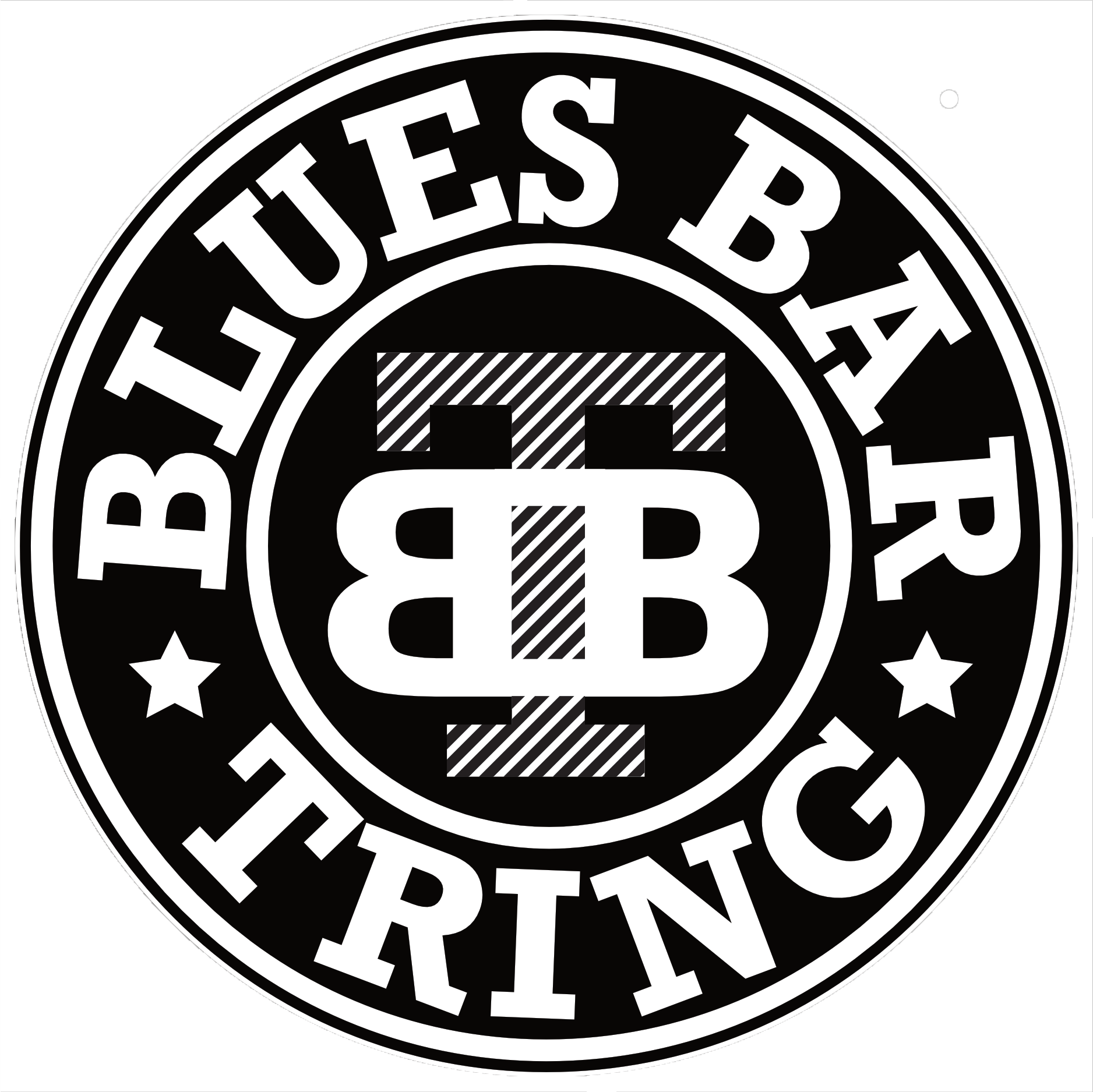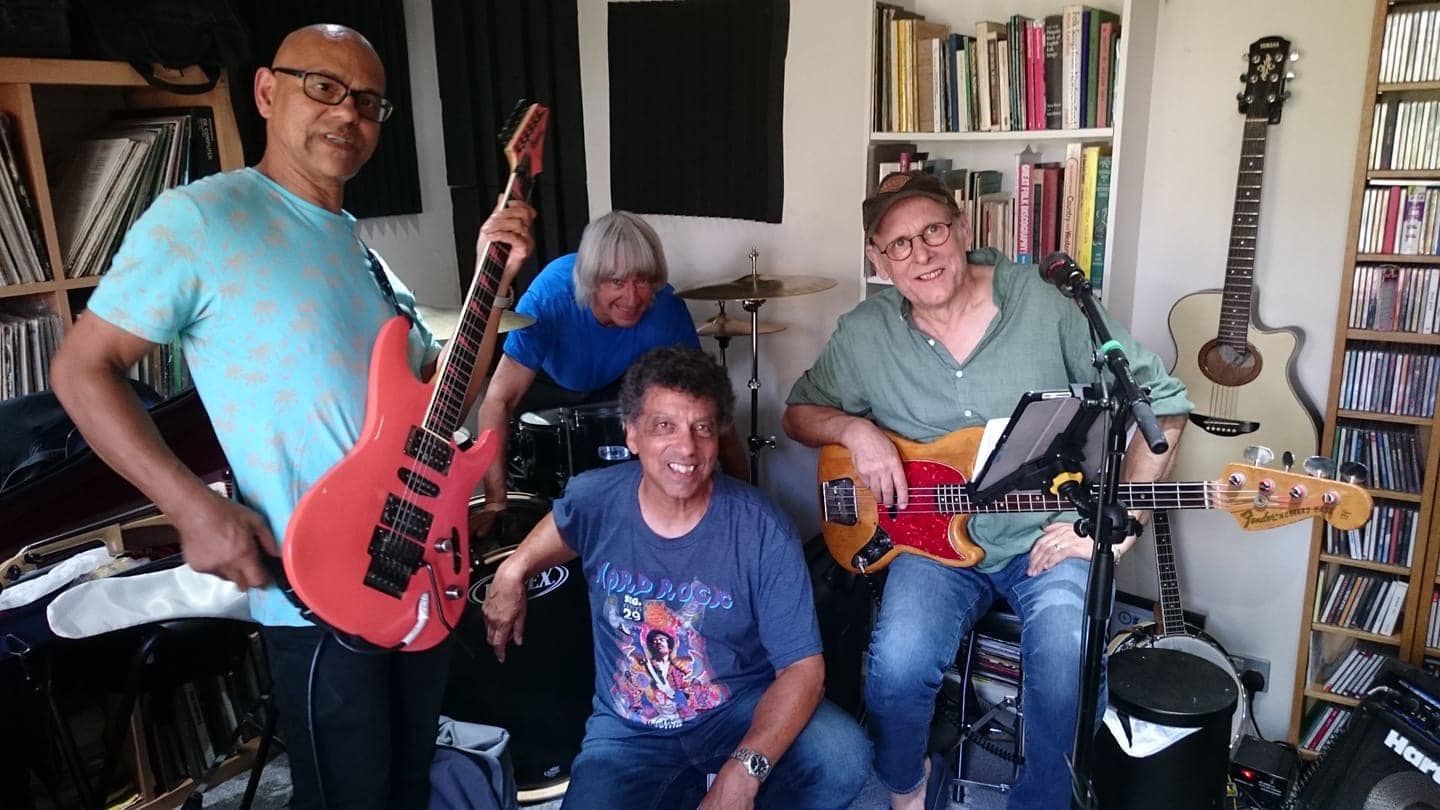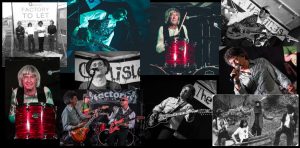Factory
Factory
Venue:
Factory
Factory
Factory
Andy Qunta – Keyboards, Guitar, Vocals
Tony Qunta – Guitar, Electric Violin, Vocals
Geoff ‘Jaffa’ Peckham – Bass Guitar
Laurie Cooksey – Drums
The Factory Story
May 1970 – Factory was formed in Hastings, UK, by drummer, Laurie Cooksey, bass player,
Jaffa Peckham, and the Qunta brothers – Andy, lead vocals and acoustic 12-string guitar, and
Tony, lead guitar/vocals. From the first rehearsal, it was clear this band, soon to be named “Factory”,
was going to be something special. They established a rehearsal schedule that continued through
most of the band’s existence – Monday and Wednesday evenings at the Qunta residence. 100 watt
amp stacks and full double bass drum kit in the dining room, while Andy and Tony’s parents tried
to hear the TV and each other in the next room! On Sunday mornings, there would be backing vocal
rehearsals at Laurie’s house.
In Jan ’71, Factory went into RG Jones Studios in South London, and recorded four songs. Two of
these, the heavy rocker “Time Machine” (written by a 16-year-old Tony), and the folk-rock style
“Castle on the Hill”, were released as a limited edition single on Oak Records. In 2008, one copy
was sold at auction for over 400 British pounds, (over US$600). Time Machine continued to be
Factory’s signature song, and show closer.
By ’72, Andy was playing organ as well as the 12-string, which was now electric, instead of acoustic.
Tony was playing electric violin on some songs, and was starting to do more of the lead vocals.
Roger Daltrey of The Who invited them to be the band to test his new home studio. Some of these
demos were found in 2015, and have been very helpful, as the band were trying to remember and
rehearse those songs. Roger seemed to like the band, as they were invited back several times. He
was quoted in the music press that he has had Factory in his studio, and they are “very good”.
1973 – Factory’s songs were by now even more adventurous, partly due to the added range of
sounds. Influences came from many of the great bands of the time – now called the Classic Rock
era. Their gigs moved them further away, and more often. They opened for bands like Manfred Mann’s
Earth Band, Fleetwood Mac, 10cc, Scorpions, Status Quo etc. After opening for Suzi Quatro, her
legendary producer, Mickie Most collectively shook Factory’s hand, and said he was very impressed,
and to contact him. Afraid of being turned into a “pop” band, they didn’t follow up on it, wisely or not.
March ’74 – Andy and Tony’s parents succumbed to a plane crash, but the rest of the band helped
them through it, and they were back on stage a week later. The gigs got better. Factory delivered
110% every time. At the back was Laurie, arms flailing, cymbals rocking, his facial expressions running
the full gamut of emotions! In front of him, Tony, Andy and Jaffa, and later, Steve, running around
the stage, throwing shapes influenced by the likes of Hendrix, Townshend and Daltrey! During
this year they played on foreign turf for the first time, at the Zoom Club in Frankfurt, Germany.
September ’74 – Jaffa decided to leave to pursue other things. His place was taken by another
Hastings musician friend, Steve Kinch. Over the next 2 years, Factory played more and more gigs,
averaging 3 or 4 per week. They toured Holland, and undertook residences at the PN Club in
Munich, following in the footsteps of Supertramp and others.
Now that Factory felt ready to make a record, the music scene was changing. Punk and disco
arrived in full force, making things very difficult for a non-punk/non-disco band like Factory.
Ironically, Factory were among the first to be aware of the coming of Punk. While setting up for
a gig in London, they were informed by a gentleman named Johnny Rotten, that his band,
the Sex Pistols, were playing first, and were using Factory’s gear. The writing was on the wall!
Despite making demos of increasingly “commercial” songs to please management, the record
companies had become a tough nut for Factory to crack.
By late ’76, Factory had played its last gig. Or so it was thought at the time, although there was
a rumour that, rather than having given up, they were planning to try their luck in another era.
It was well-known they had their own Time Machine, they’d been singing about it for years, so
were they planning a return? As the decades passed, this seemed less and less likely, but suddenly,
39 years later, they were back! They were finally recording an album, and they played a reunion
gig in Hastings, attended by fans old and new. The reviews were glowing, and many commented on
the fact that their musicianship and energy levels seemed undiminished. How was this possible?
The explanation is clear – Factory did indeed disappear in the 1970’s, and in 2015 they came
back…in the time machine!



